From Kohlrabi to Seaweed, Rediscover these Four Healthy Foods
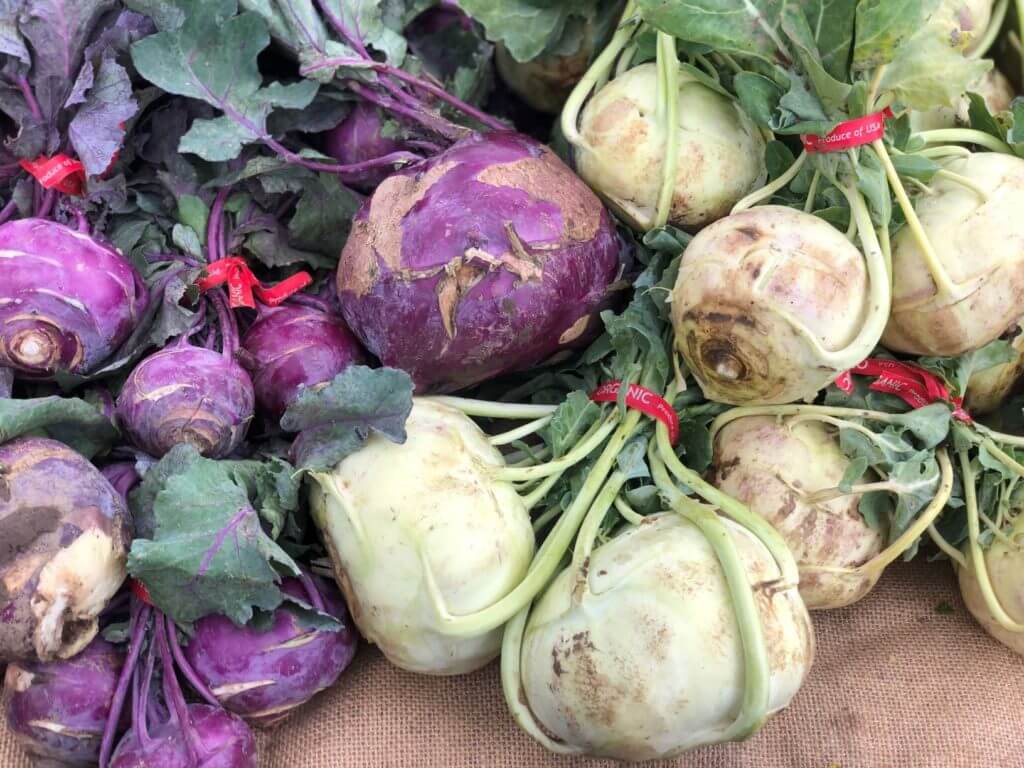
Instead of eating the same apples, carrots, and spinach every week, why not open your horizons to some new healthy foods? Boost biodiversity and rediscover these four healthy foods: kohlrabi, tempeh, heirloom beans, and dried seaweed.
Mother nature offers such a bounty of naturally nutritious, disease-protective plant foods that are worthy of including on your plate. In fact, the greater diversity of your diet—the more variety, color, texture, flavors—the better your nutritional intake and health bonuses. These plant foods not only contain stores of protein, slow-digesting carbs, healthy fats, fiber, vitamins, and minerals—they are brimming with phytochemicals, nature’s natural defense compounds. Plants are filled with thousands of phytochemicals, which are plant compounds linked with antioxidant and anti-inflammation activity. Often phytochemicals are the color pigment in plants, so the more color in your diet, the more phytochemicals. In fact, greater diet diversity is even good for the planet! Just 12 plants species and five animal species make up 75% of the world’s food. Yet at least 30,000 of the 350,000 known plant species on the planet are edible. About 60% of all the calories and proteins we obtain from plants come from only three crops: rice, maize (corn), and wheat, according to the United Nations Food and Agriculture Organization. By increasing the variety of plants—grains, pulses, vegetables, fruits, nuts, seeds—we consume, farmers respond by growing a greater diversity of crops, which means fewer monocultures and better resilience in our agricultural ecosystems. Good for you and the planet!
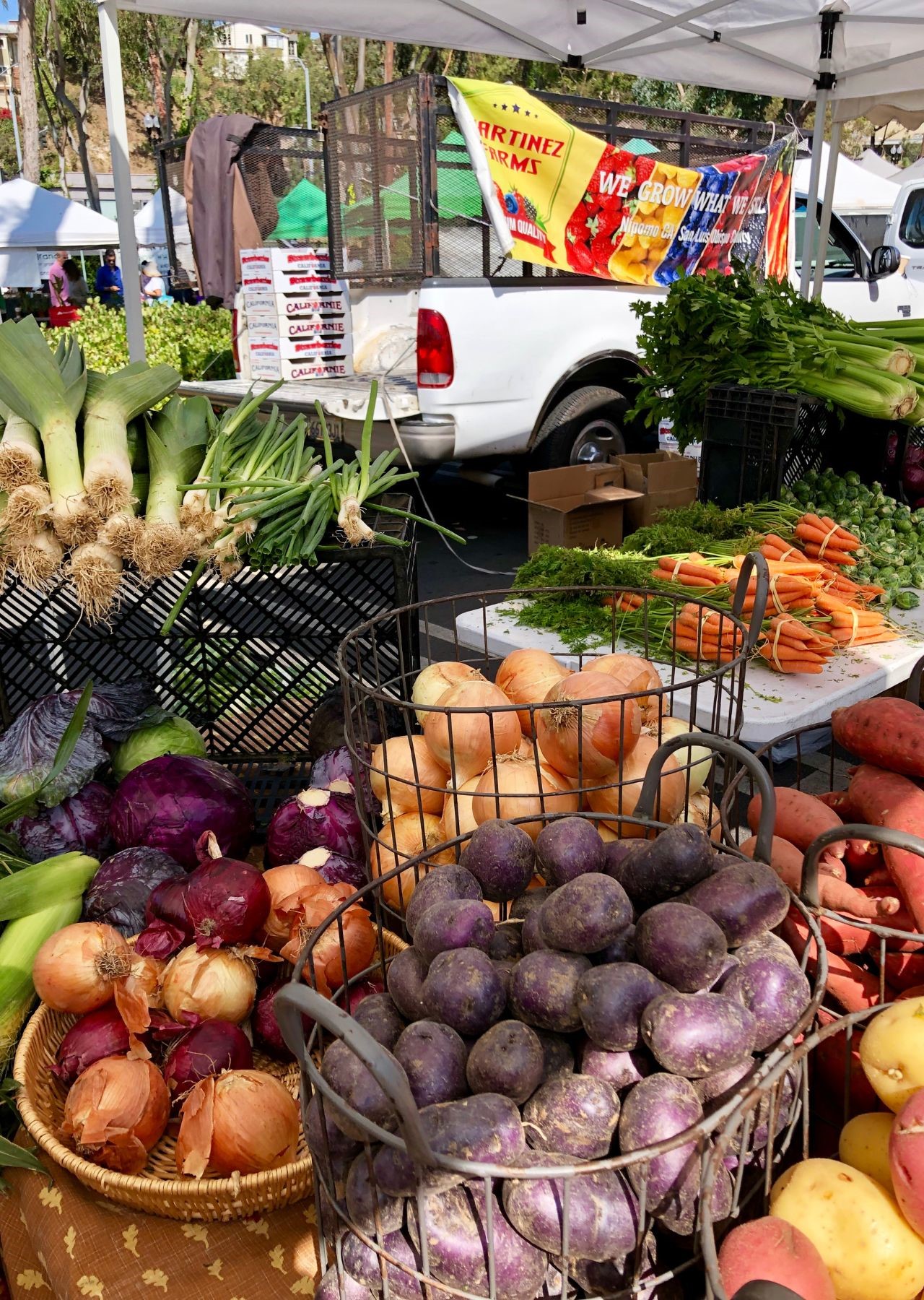
Rediscover Precious Plants
One way to push up the diversity and health benefits of your diet is to try some new fruits, vegetables, grains, and beans. The supermarket may be home to your standard varieties of carrots, celery, broccoli, apples, beans, and rice, but you’ll find an amazing diversity of plants in your local farmers market, CSA (community supported agriculture), and even your own home garden by planting seeds. Lemon cucumbers, broccoli rabe, purple carrots, and zebra tomatoes are but a few examples of unusual varieties of produce you’ll find awaiting you. And that also extends to staples, such as dried heirloom beans, colorful rice, and purple corn. In addition to new varieties of common foods, you can find entire plant species that you might not have tried before, such as sunchokes, dandelion greens, and pluots. You can also dabble into plant-based traditional protein-rich foods, such as tofu (made from soybeans), tempeh (see below), and seitan (made from wheat). The good news is that many grocery stores are working to increase their variety of plant-based foods, so keep looking out for them in your neighborhood market.
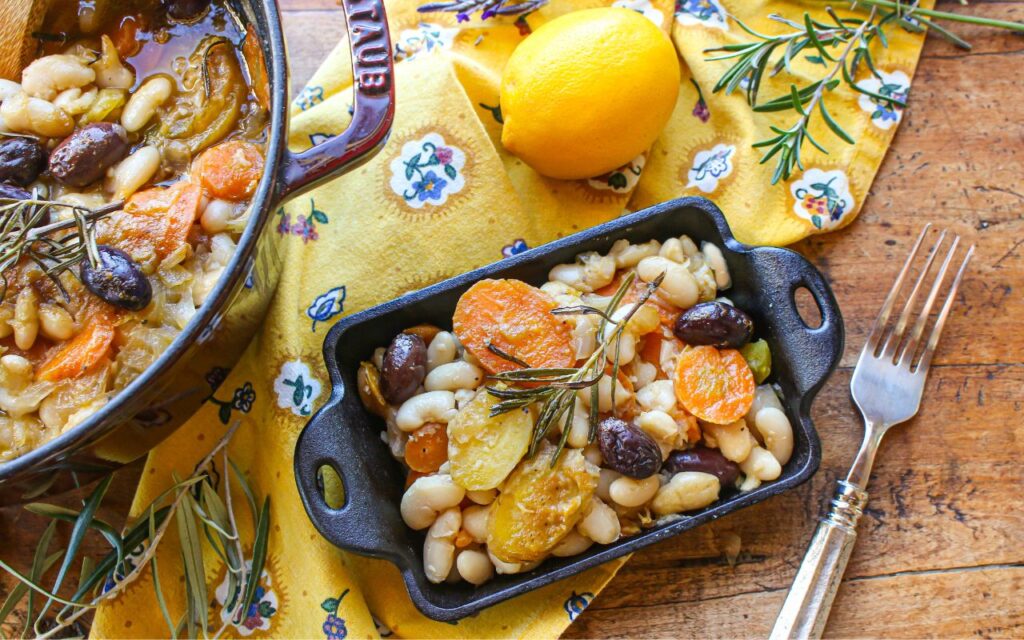
Four Plant Foods to Rediscover
Try these four plant foods—which have been around for eons but may be new to you—to push the envelope on nutrition and cuisine this year.
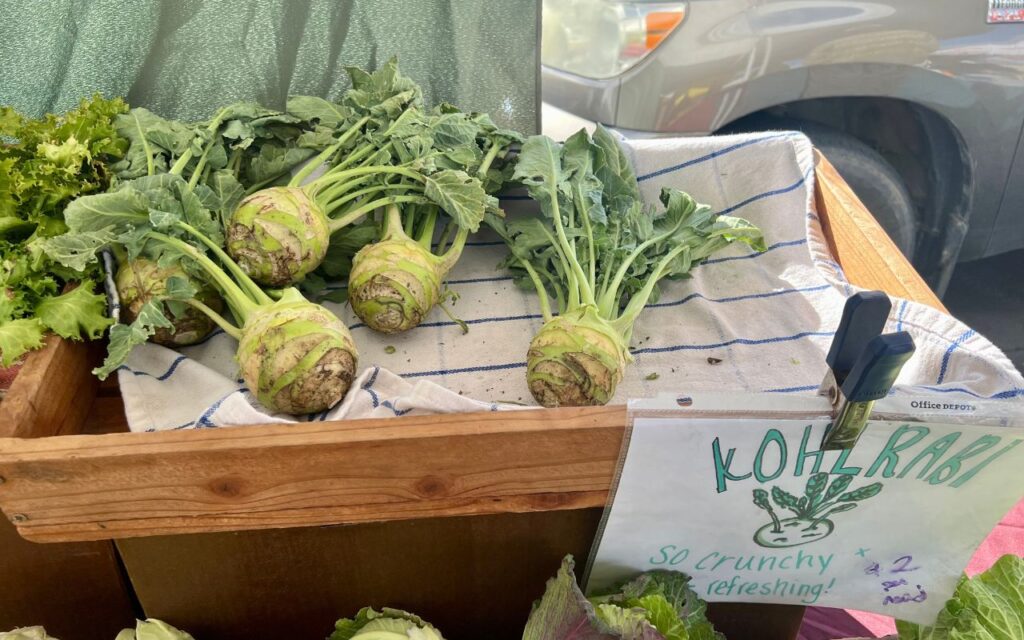
Kohlrabi
Kohlrabi is part of the famously healthy cruciferous vegetable family, along with cabbage, cauliflower, kale, and brussels sprouts. With its origins in Europe, this knobby, pale white-green bulb with greens is known as the “German turnip” because of its resemblance to turnips; it literally translates to “cabbage turnip.” Kohlrabi has a crunchy, mildly sweet turnip-like flavor. This flavorful veggie is low in calories, yet rich in fiber, vitamins A, C, K, and B vitamins. In addition, kohlrabi has phytochemicals that are linked with cancer protection. If the greens are young and fresh, you can use them like other greens—raw in salads, sautéed, or steamed.
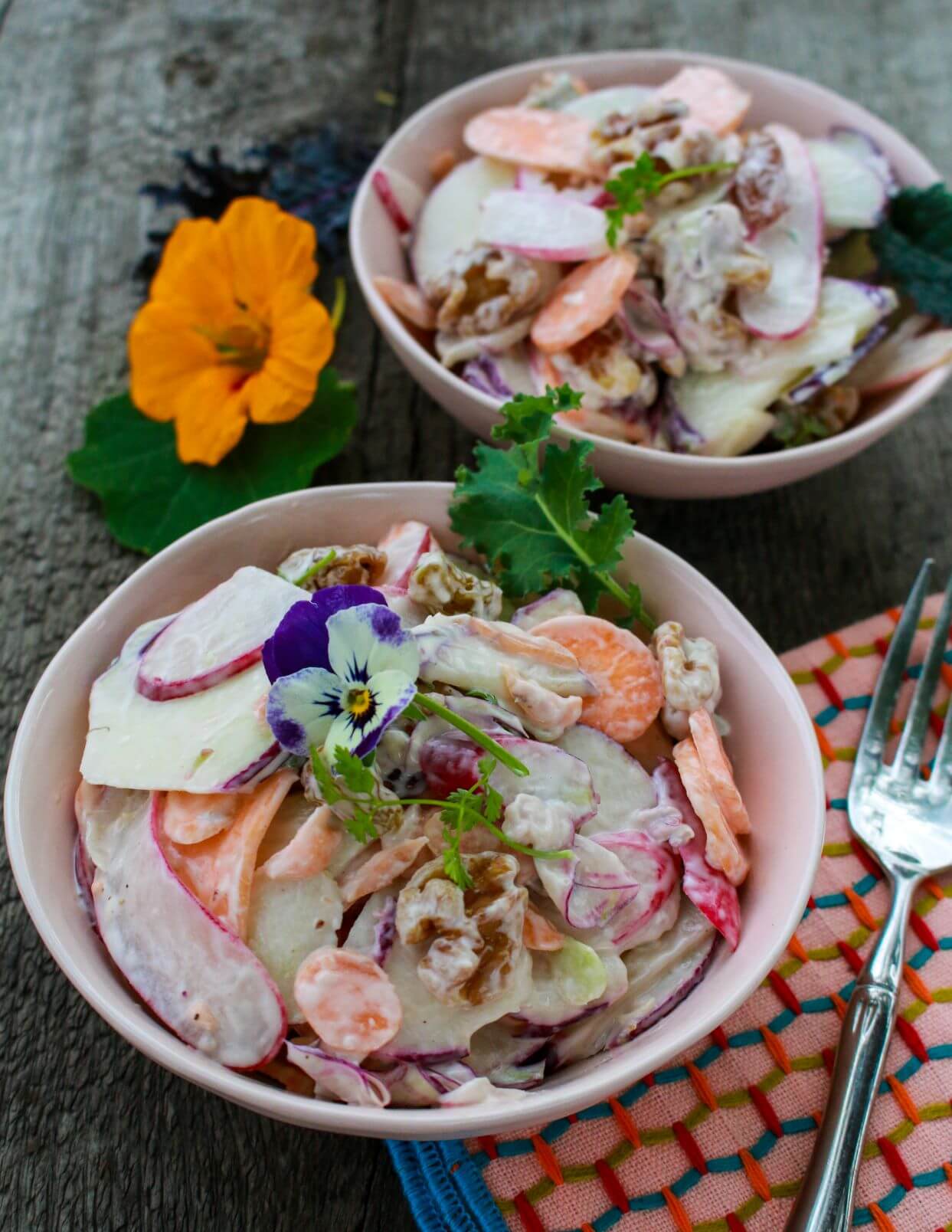
Use the crunchy bulb slivered in fresh slaws or sliced to accompany vegetable platters with dip, simmered in soups or stews, roasted as a side dish, or sautéed in stir-fries. Learn more about kohlrabi here.
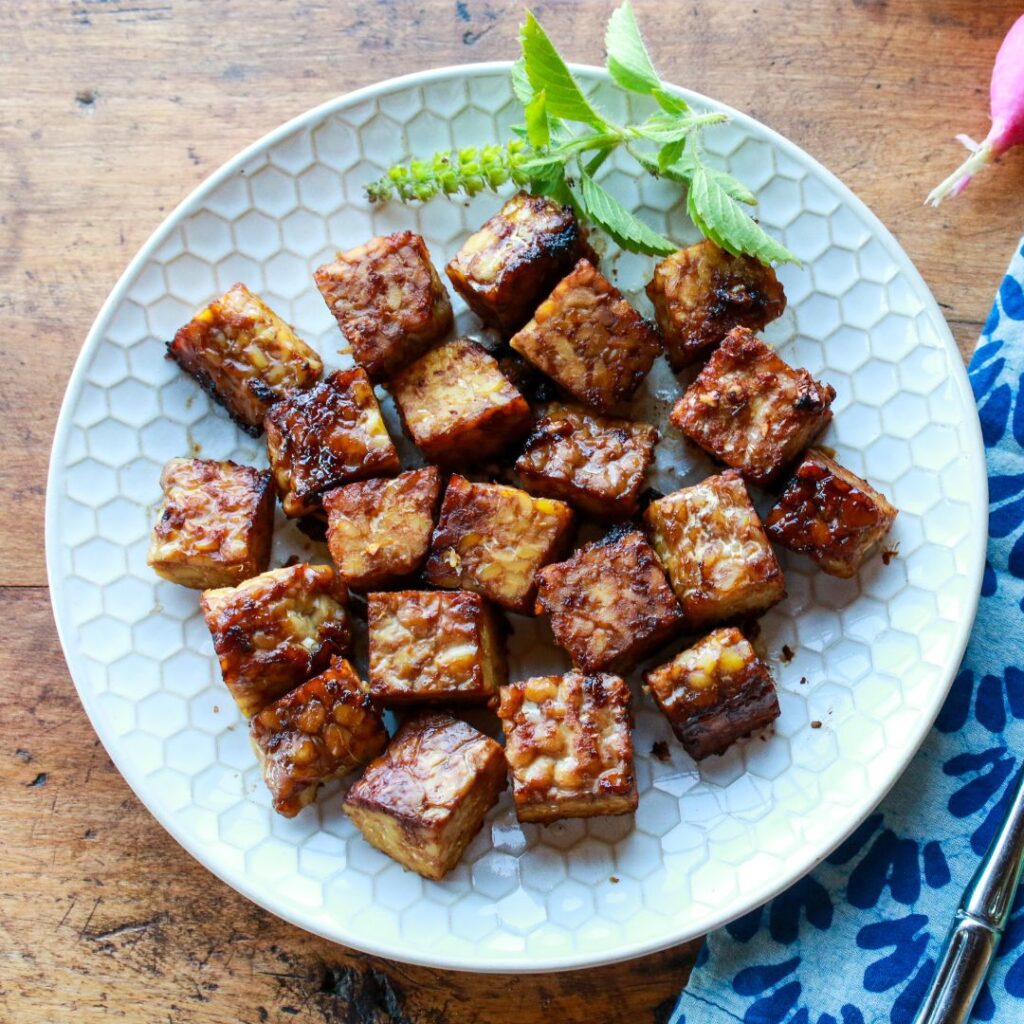
Tempeh
Tempeh (pronounced temp-ay) is a traditional, fermented Indonesian soy and grain food that comes in a neatly pressed block, perfect for slicing into dishes as a meat replacement. It has a tangy (thanks to fermentation), mild, nutty taste and firm texture. You can increasingly find tempeh next to tofu in the refrigerated section of many supermarkets, and you can find tempeh as an ingredient in many tempeh products, such as tempeh bacon, seasoned tempeh, and tempeh-based entrées. Made of whole, real plant foods (soy and whole grains), tempeh is nutrient-rich and can be an important asset to your healthful diet. One of the beauties of tempeh is its nutritional profile: A 1/2-cup serving has 160 kcal, 15 g protein, and 9 g total fat, not to mention vitamins, minerals, fiber, phytochemicals, and live active cultures due to fermentation.

Cubed or sliced tempeh is an excellent addition to stir-fries, casseroles, stews, pizza, curries, and pasta dishes. It’s especially good in a dish that has a vibrant sauce, where it can absorb the flavors of the recipe. You also can marinate and roast or grill tempeh to feature in sandwiches, salads, bowls, or wraps. Learn more about tempeh here.

Heirloom Beans
You probably already know about the humble food staple beans, which is a cornerstone food in diets around the planet, from chickpeas in Greece, to lentils in India, and pinto beans in Mexico. In fact, beans were part of the original Neolithic founder crops of human civilization, which enabled societies to form due to secure food sources. Beans are inexpensive, shelf-stable, and super sustainable, as they act as natural fertilizer to the soil. But what are heirloom beans? These refer to the many unusual varieties of beans that have been handed down through the generations by farmers who grew them and cherished them. There are hundreds of varieties, such as Rattlesnake Beans, Orca Beans, or Eye of the Goat Beans—each unique in texture, color, and flavor. Look for them in your supermarket, natural food store, online, or grow them yourself. Though each heirloom bean has a slightly different nutritional profile, overall, they are one of the most nutrient-rich foods on the planet. One-cup cooked beans contain at least 20% of the Daily Value (DV) for fiber, folate, and manganese; at least 10% DV for protein, potassium, iron, magnesium, and copper; and 6-8% of the DV for selenium and zinc; as well as phytochemicals such as alkaloids, flavonoids, saponoins, tannins, and phenolic compounds. It’s no wonder that regular consumption of beans is linked with several health benefits, including lower blood cholesterol and body weight, and lower risks of heart disease, hypertension, diabetes, and some types of cancer.

Heirloom beans are very versatile to use in a range of dishes. Typically available in dried form, just rehydrate by soaking in water overnight, discarding water, and then adding fresh water to cook for about 1-1 ½ hours until tender on the inside, yet firm on the outside. You can also use your Instant Pot to get dried beans completely cooked in under an hour. Cooked beans can be incorporated into soups, stews, chilis, baked bean dishes, grain bowls, pasta dishes, salads, wraps, and much more. Cook up a pot of beans and enjoy them in a variety of ways all week long.
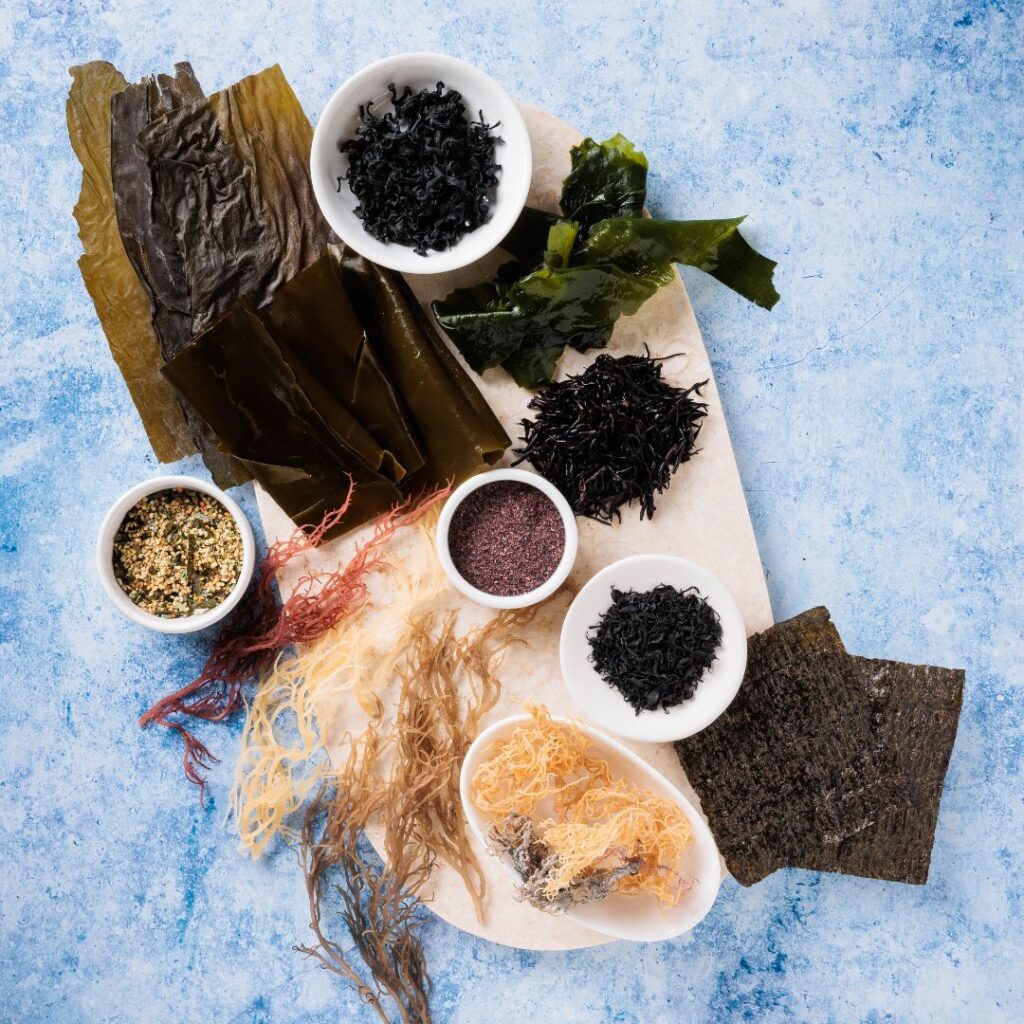
Seaweed
Our big, beautiful planet is covered with more than 70% oceans—home to an amazingly rich, diverse ecosystem filled with foods that nourish life, from the tiniest plankton all the way up to biggest whales. Enter seaweed, which is actually marine algae that comes in brown, red, or green forms. Throughout history, people around the world have understood just how important tapping into seaweed was for survival. Asian countries have used seaweed for centuries in dishes like sushi and salads. Pacific islanders mixed it with vegetables. And in the British Isles, seaweed was eaten with oatmeal. What’s really intriguing is that seaweed offers an abundant, sustainable source of food that can be grown without the need for land, irrigation, or chemicals. Though each species of seaweed has a slightly different nutritional profile, in general, they contain fiber, vitamins A, C, E, and K, calcium, folate, iodine, iron, magnesium, niacin, omega-3 fatty acids, and protein. They also have unique nutrients, such as enzymes, and sulfur and antioxidant compounds linked to health advantages. Research has shown that seaweed is linked with reduced inflammation and lower risks of cancer, heart disease, and obesity.

Try eating like a mermaid! Dust avocado toast and popcorn with dried seaweed flakes, whiz it into your smoothie, sprinkle seaweed granules over salads and grain bowls, add seaweed to soups or salads, and wrap sushi rolls with seaweed sheets. Learn more about seaweed here.
Try these additional recipes featuring kohlrabi, tempeh, heirloom beans, and dried seaweed:
- Easy Instant Pot Black Tepary Beans
- Vegan Kale Caesar Salad
- Mermaid Smoothie Bowl
- Penne Pasta with Seaweed Vegan Pesto
- Hawaiian Tempeh Barbeque Skewers
- Thai Tempeh Noodle Skillet




